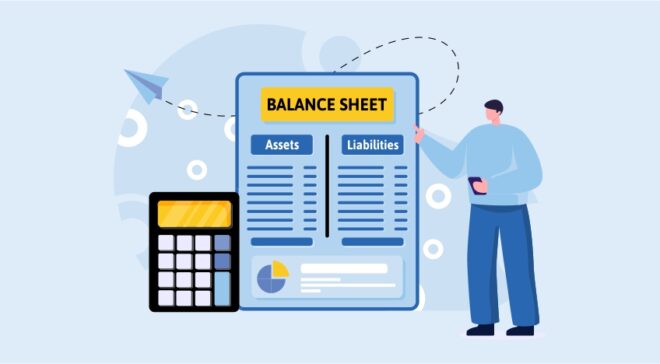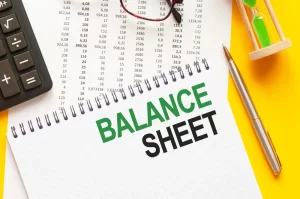![]()
Drafting Balance Sheet for Wholesaler
Drafting balance sheet for wholesaler in India involves summarizing the company’s financial position by listing its assets, liabilities, and equity as of a specific date.
Here’s a step-by-step guide to help you create a comprehensive balance sheet:
1. Gather Financial Information:
Collect all financial data, including income statements, cash flow statements, and transaction records. Make sure to compile accurate and up-to-date figures.Balance Sheet Draft
2. Classify Assets:
- Categorize assets into current and non-current. Current assets include cash, accounts receivable, and inventory. Non-current assets encompass long-term investments, property, and equipment.
- Provide details for each asset category, such as account balances or fair market values.
3. Categorize Liabilities:
- Separate liabilities into current and non-current. Current liabilities consist of short-term debts like accounts payable and accrued expenses. Non-current liabilities encompass long-term loans or obligations.
- Mention the amounts owed for each category, along with any interest or maturity dates.
4. Determine Equity:
- Calculate equity by subtracting total liabilities from total assets. This represents the company’s net worth.
- Specify details like capital investments, retained earnings, and any additional equity components.
5. Format the Balance Sheet:
- Create a two-column table. Label one column as “”Assets”” and the other as “”Liabilities and Equity.””
- List current assets first, followed by non-current assets. Under liabilities, list current liabilities before non-current liabilities. Finally, list equity.
6. Total Each Column:
- Sum up the values for each category and calculate the total assets, total liabilities, and total equity.
7. Ensure the Balance:
- Verify that the equation “”Assets = Liabilities + Equity”” holds true. A balanced balance sheet ensures accuracy in financial reporting.
8. Include Supporting Notes:
- Add footnotes to explain significant accounting policies, contingent liabilities, and other relevant information.
9. Use Proper Headings and Labels:
- Clearly label each section with headings such as “”Current Assets,”” “”Long-Term Liabilities,”” etc. This enhances readability.
10. Review and Audit:
- Review the balance sheet for accuracy and completeness. It’s a good practice to have it audited by a certified accountant to ensure compliance with accounting standards.
11. Legal and Regulatory Compliance:
- Ensure that the balance sheet adheres to Indian accounting standards and regulatory requirements.
Drafting a balance sheet for a wholesaler in India involves organizing financial information in a structured manner to provide a snapshot of the company’s financial health.
Make sure to accurately classify assets, liabilities, and equity while following relevant accounting standards.
To visit: https://www.incometax.gov.in

For further details access our website: https://vibrantfinserv.com